Georgia
McDonald
National Library of Australia
Post-match sporting interviews can be a fan favourite or folly.
In tennis, some players opt for a well-trodden script: acknowledge the opponent, their game plan, the city/town they’re playing in, and the crowd (cue applause). Others choose a more candid approach…
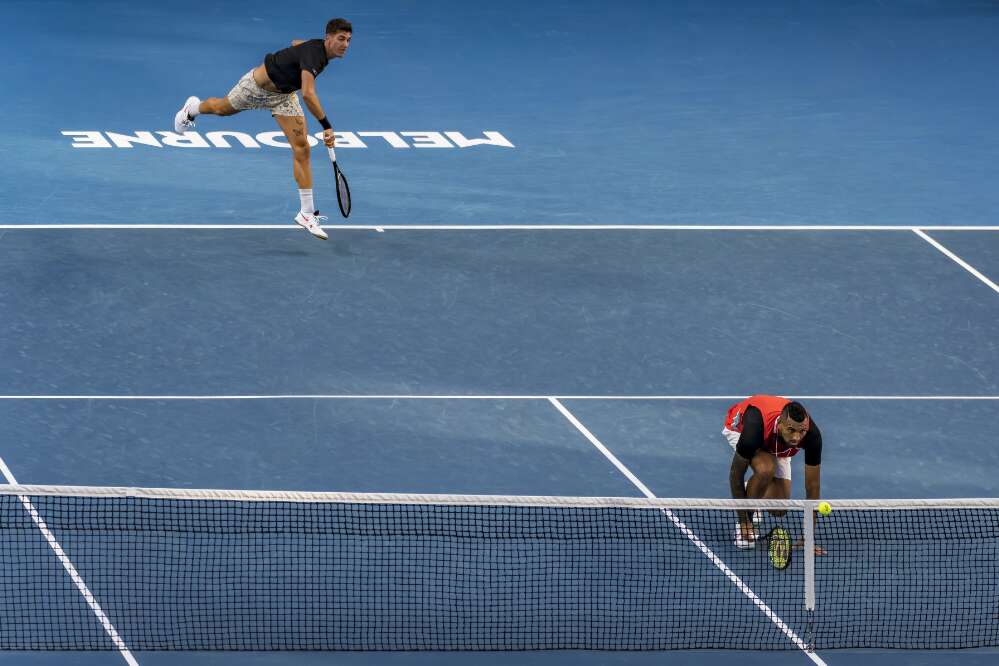
Before the Williams sisters, the big four, and the open era of tennis (from 1968 onwards), what was the recipe for tennis success?
In 1907, Norman Brookes became the first Australian man to win the Men’s singles title at Wimbledon and was touted as the ‘champion lawn tennis player of the world’.
His path to victory at Wimbledon was not an easy one though, recalling the two hardest singles matches he played all season, being the second and third rounds of Wimbledon.
‘Wilding was at his very best just then, and we had a magnificent five-set match.
‘In the next round I met the American, Karl Behr, who up to this had been playing indifferently. Against me, however, he played brilliantly, and it was all I could do to beat him.’
When it came to victory in the final though, it was Brookes’ serve that saw him through.
‘In the final round I was serving at my top, and, though Gore is the best man in England off the ground, he failed badly in returning the service, and I therefore won easily on this account.’
Read the full interview with Brookes, first published in The Argus, in the Friday 6 December 1907 issue of The Examiner.
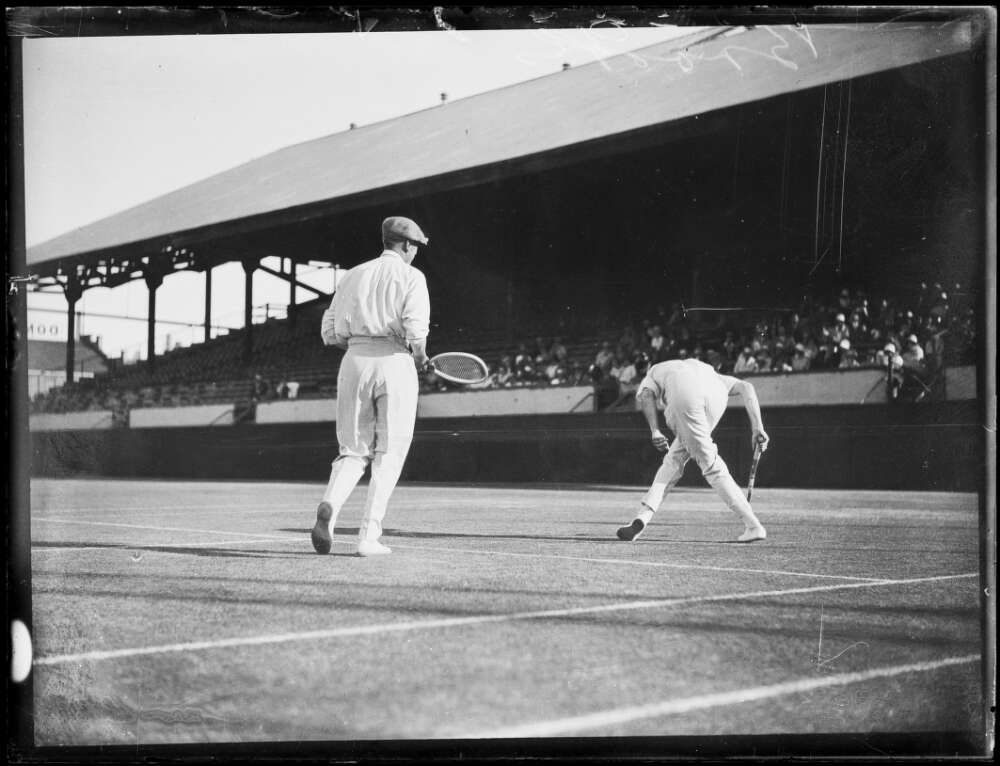
Suzanne Lenglen is one of the most famous women tennis players in history. A stadium at the Parisian French Open / Roland Garros complex is named after her.
Lenglen won her first Wimbledon title in 1919 – 10-8, 4-6, 9-7 defeating Dorothea Lambert Chambers (nee Douglas) – and wrote notes on her victory, published in The Express and Telegraph.
‘Having played for 15 successive days against the best players in the world I was naturally a little fatigued for my match with Mrs. Lambert Chambers.
‘However, I had the greatest self-confidence, which never left me for one moment of the match, not even when my redoubtable opponent led 6 games to 5 and 40 to 15 in the final set.
‘At that crisis, so dreadful to my friends, I pulled myself together and with three consecutive games won the coveted championship.’
While gracious in victory, noting that Chambers is the finest champion she had ever met, Lenglen’s confidence was on display later in the same article, when she wrote:
‘Now that I am acquainted with her tactics I shall look forward to beating her more decisively next year when I return to defend my title.’
The third way to win Wimbledon also comes via Lenglen’s notes on her 1919 victory.
‘At the outset of the match I naturally had to play with great prudence and care to enable me to study the methods of Mrs. Lambert Chambers.
‘I soon perceived that my best tactics would be to get to the net and volley, and so oblige my opponent to be constantly moving at the back of the court, which is her favorite [sic] position.’
Perhaps a more appropriate title for this item would be ‘analyse your opponent’s game’, but given Wimbledon is synonymous with the serve and volley, it felt more appropriate.
Read Legnlen’s full account and notes on her 1919 Wimbledon victory in the Thursday 18 September 1919 issue of The Express and Telegraph.
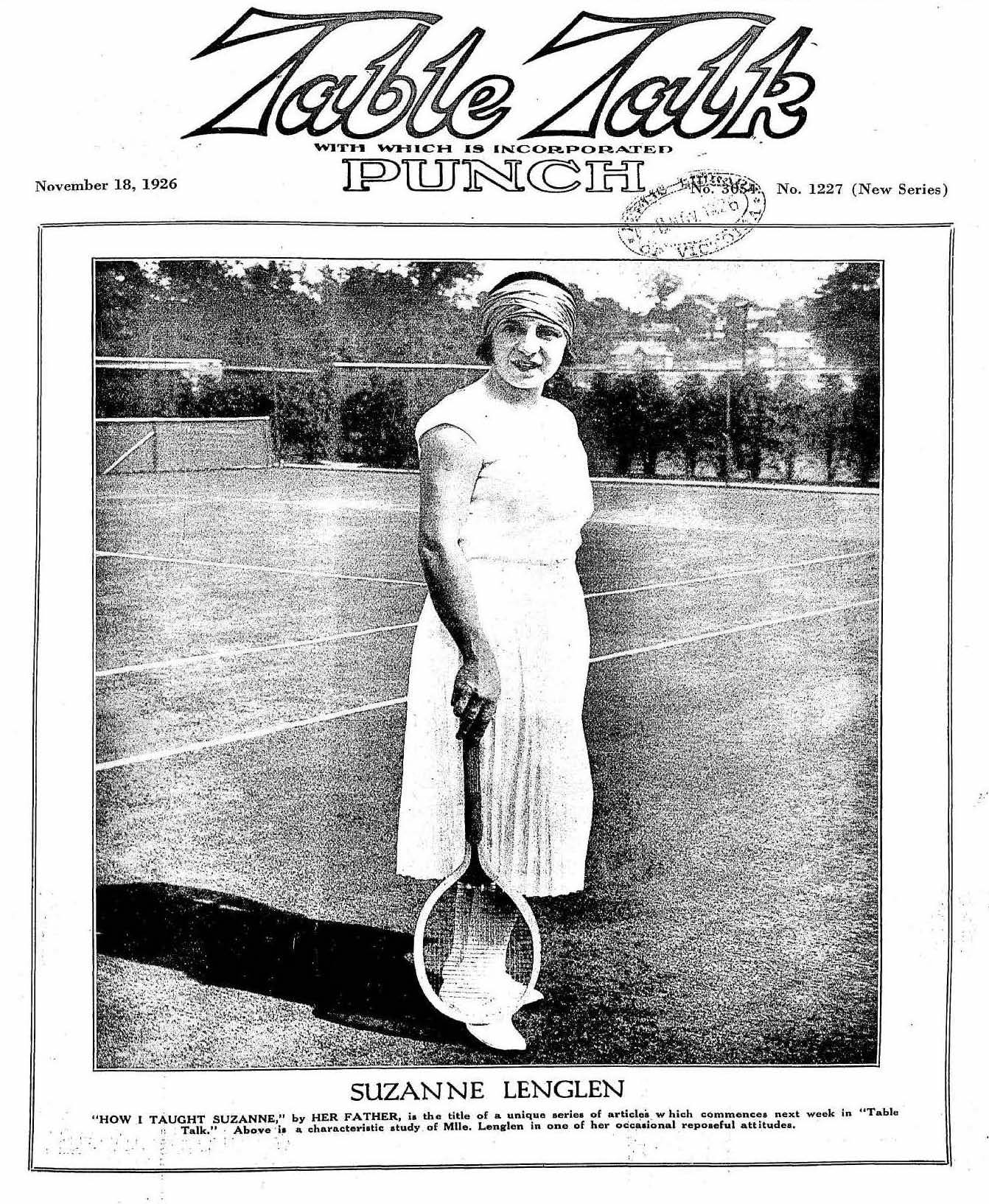
Tennis is an individual sport, but what is obvious perhaps now more than in the past, is that it takes a village and dedicated supporters to succeed.
Following his victory at Wimbledon in 1933, Australian Jack Crawford said that he was the ‘happiest man alive’. He was also quick to acknowledge one key supporter.
‘The support of my wife has meant much in my success, for her helpful guidance and her aid in the direction of tactics has been of the utmost value.’
Crawford also acknowledged the ‘glorious sunny weather’ which suited his game, and acknowledged the runner up Ellsworth Vines, who he considers ‘one of the best sportsmen the world over’, in the write up of his radio interview in The Newcastle Morning Herald and Miners’ Advocate on Tuesday 11 July 1933.
Those interested in hearing more of Jack Crawford’s story can also listen online to his oral history interview.
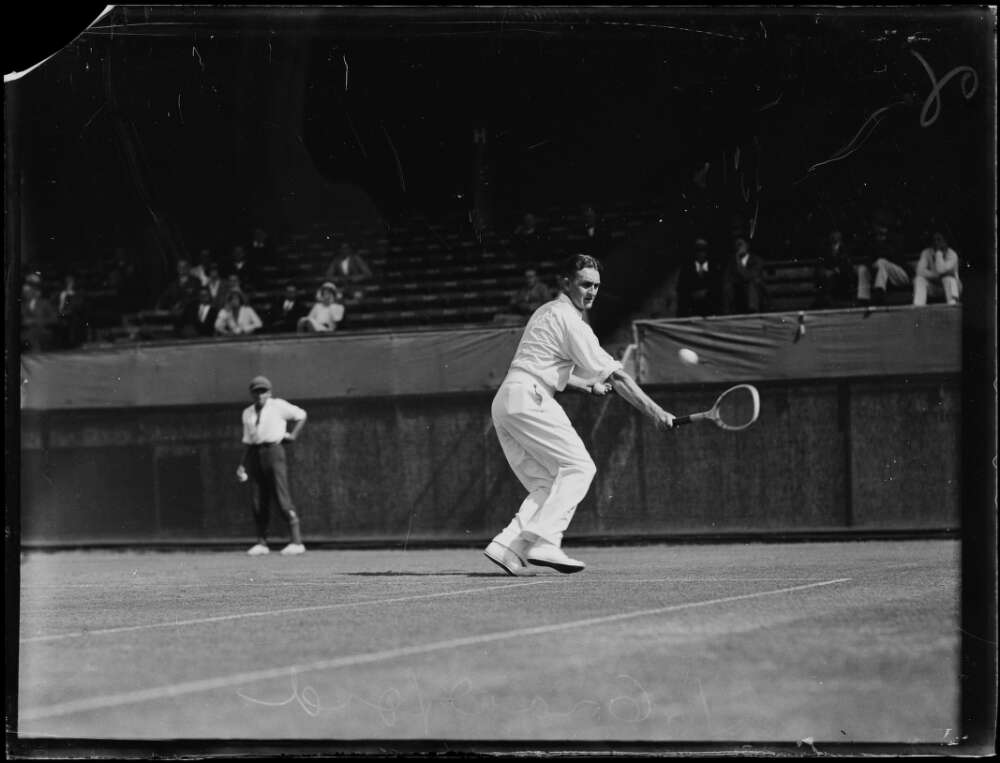
On Saturday 8 July 1950, The Sun newspaper in Sydney reported that American tennis player Budge Patty had beaten Australia’s Frank Sedgman in that year’s Men’s singles final at Wimbledon.
The article reported, ‘Patty attributed his win yesterday and success in the recent French championship to the fact that he went into the strictest of training and gave up smoking.’
Patty himself was quoted as saying:
‘I’ve been living on steaks I brought over from France,’ he said after his win.
‘That plus the fact that I’ve been doing without my fags made it easy for me to last the distance.’
Well, there you have it. Eat steak, don’t smoke, and you too can have a shot at the most famous trophy in tennis.
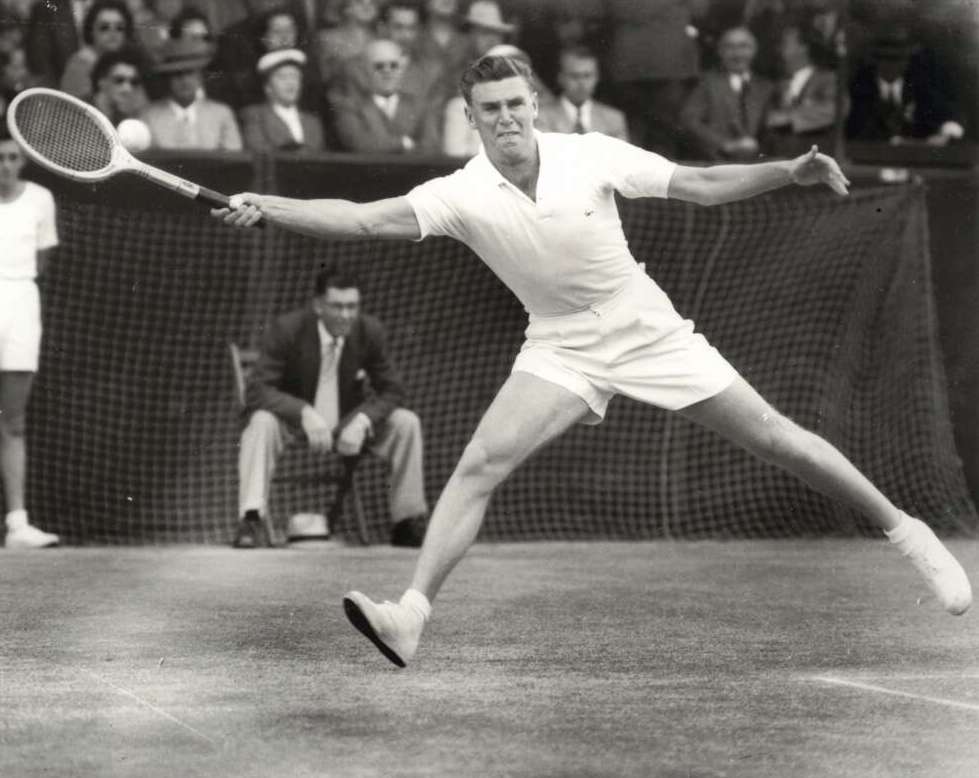
Trove has lots to serve up about tennis, which can be found by searching the name of your favourite tennis player.
I fell down the Trove rabbit hole when writing this blog, my original idea was to write an article that was about why tennis fans should visit the National Library. Tennis fans should visit the National Library because we’ve currently got Ash Barty’s 2021 Wimbledon outfit and the 1971 Wimbledon Ladies’ Singles Championship Tennis Trophy won by Evonne Goolagong (later Cawley) on display as part of the Grit & Gold: Tales from a Sporting Nation exhibition.
For those who don’t love tennis, but love cultural history, fall down the Trove rabbit hole by searching keywords related to your hobby or profession.
Ready? Play.